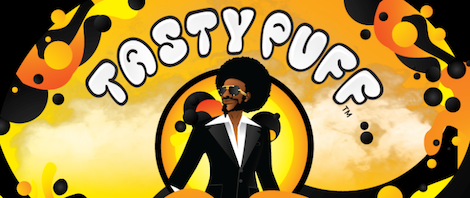America has a major problem with prescription pain
medications like Vicodin and OxyContin. Overdose deaths from these
pharmaceutical opioids have approximately tripled since 1991, and every
day 46 people die of such overdoses in the United States.
However, in the 13 states that passed laws allowing for the
use of medical marijuana between 1999 and 2010, 25 percent fewer people
die from opioid overdoses annually.
“The difference is quite striking,” said study co-author Colleen Barry,
a health policy researcher at Johns Hopkins Bloomberg School of Public
Health in Baltimore. The shift showed up quite quickly and become
visible the year after medical marijuana was accepted in each state, she
told Newsweek.
In the study, August 25 2014 in JAMA Internal Medicine,
the researchers hypothesize that in states where medical marijuana can
be prescribed, patients may use pot to treat pain, either instead of
prescription opiates, or to supplement them—and may thus require a lower
dosage that is less likely to lead to a fatal problem.
As with most findings involving marijuana and public
policy, however, not everyone agrees on a single interpretation of the
results.
It certainly can be said that marijuana is much less toxic than opiates
like Percocet or morphine, and that it is “basically impossible” to die
from an overdose of weed, Barry said. Based on those agreed-upon facts,
it would seem that an increased use in marijuana instead of opiates for
chronic pain is the most obvious explanation of the reduction in
overdose deaths.
Read More: Newsweek
























